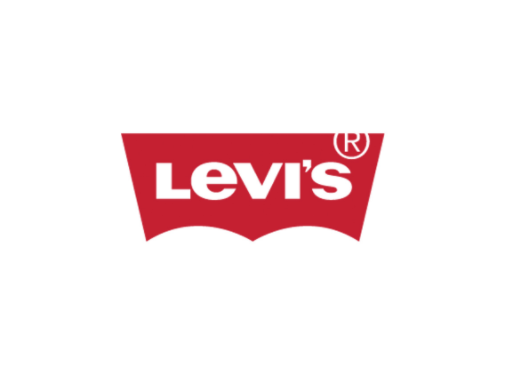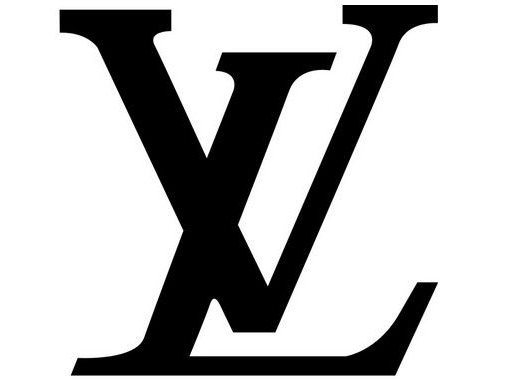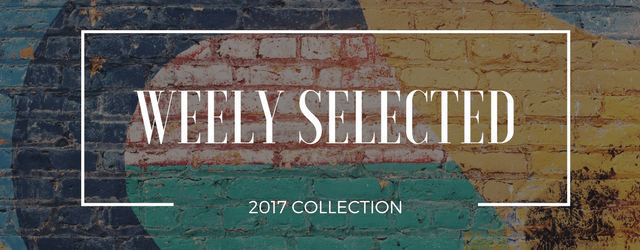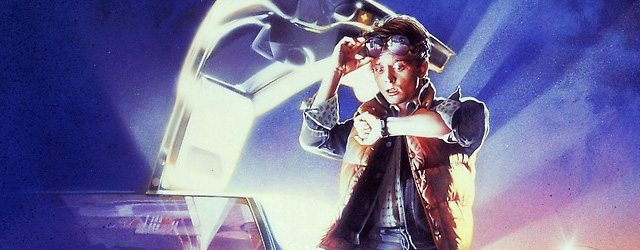The subtle elements of brands’ respective identities, hidden in their logos, often slip by consumers unnoticed.
From corporate entities to the fashion icons you trust to flaunt your style, a logo is a brand’s touchstone. They can always look to their logos to remind them of their brand’s direction.
The values baked into their logos are what they’re about, what they’ve always been about. When you wear those logos on your tee, you let the world know you’re about those same things.
Actually, you wear a logo because of the way the brand makes you feel. But you may still find it interesting to learn the historic symbolism behind your favorite icons.
From the trenches of Silicon Valley to the hillsides of Europe’s fashion scene, these are the logos that dot the i and cross the t in T-shirt.
Adidas
Since 1967, three parallel stripes of the exact same width make one of the most iconic logos in athletic wear. Only the Nike swoosh may compete with Adidas’ stripes. More knockoffs attempt to borrow from the Adidas logo than any other athletic brand. On the official logo, the stripes form an apex, a mountain of sorts, symbolizing the goals athletes try to ascend.
Apple
In the Biblical story of Adam and Eve, the parents of humanity, the apple represented knowledge. Once the pair ate the apple, they could no longer live as ignorant animals. The apple icon may also reflect the accomplishments of Sir Isaac Newton. The bite from the side is so it doesn’t look like a cherry. None of that bears any meaning on those who wear the Apple icon on their chest. The logo boasted from a fan lets the world know so much more than one’s preferred operating system. It’s a matter of class distinction.
Bacardi
This rum always goes wherever there’s fun because it rhymes with the word, party. Seriously, thank you hip hop industry for all the free marketing. To date, they are one of the most well-known spirit companies. The colors of the logo, red, black, gold and white signify the company values: excellence, purity, refinement, elegance, and reliability. When you rock the Bacardi bat, you’re letting everyone know you can party.
Burberry
Most people know Burberry more for their famous tartan pattern, but Burberry also has a logo, the Equestrian Knight. In an effort safeguard his brand, Thomas Burberry registered the logo in 1904. It’s an equestrian carrying a shield, symbolizing purity, nobleness, and honor. The shield is an obvious reference to protection. Hidden in the flag carried by the knight is the word Prorsum, meaning forward.
BMW
It depends on who you ask what the blue and white checker means in the center of the BMW circle. The colors emulate the colors of Bavaria’s flag, true, but some point our BMW’s past in airplane manufacturing. They insist the crosshairs of the checkers allude to a propeller. Can’t both be right? Either way, you wear a symbol of excellence when BMW’s logo graces your tee.
Levi’s

(source: clipartfest.com)
In the United States, few logos are more recognized than Levi’s red tab. Despite that recognition, the design came 63 years after the creation of the brand. Talk about building a grassroots following. The original logo featured two horses pulling in opposite directions with a pair of Levi’s between them. There is a legend that a man once pulled two carriages by tying them to two horses with a pair of Levi’s. It was a complicated logo, so they simplified it with the red tab, symbolizing the uniqueness of Levi’s. Red is a powerful color, but it’s also the color of rebellion and youth.
WWF
If you love the planet, you’re familiar with the WWF panda. You may recognize the panda but not know why. It’s found on car windows around the world. What you might not know about the panda, is that the WWF based the little guy on a real panda. In fact, that panda wasn’t a guy at all. It was a female panda at the London Zoo, named Chi-Chi.
Chanel
Often copied, but there is only one Coco Chanel or Chanel as most people know to the line. Coco herself designed the interlocking Cs in 1925, a simple icon of international fashion. The obvious reference is her name, Coco Chanel. The design remains unchanged since that time. IMHO: It looks best when smack-dab in the middle of a t-shirt.
Giorgio Armani
The Giorgio Armani logo is a simple design, an eagle looking to the right or the right, meaning correct direction, if you will. The use of an eagle is a symbol of quality but also supremacy of the Armani brand. Funny how a brand like Armani can impact the value of a cotton t-shirt, but how it can elevate the status of the one wearing it too.
Gucci

(source: clipartfest.com)
The interlocking Gs actually predate the design for Coco Chanel by about four years. Guccio Gucci founded the brand in 1921. The interlocking Gs, like the Cs of Chanel, stand for Gucci’s initials. They’ve morphed some over the years, with slightly different fonts and placement with the brand name. The current font is a custom Gucci design, but the overall logo concept remains unchanged.
Hurley
The brand Hurley is pure surf culture, all about flow. The logo for Hurley is an obvious reference to the founder’s name, Bob Hurley. He and his partners started the brand inherent 1979. They created the lines of the H with two parentheses, reversed, to create an elegant but simple logo. The intention was to convey the relaxing and peaceful emotion people feel when wearing the Hurley brand. That’s you when you sport the logo on your shirt.
Luis Vuitton

(source: Pinterest)
Introduced in 1896, the LV monogram of Luis Vuitton predates most logos on this list. The brand was originally associated with leather goods like luxury trunks, shoes, and watches, but these days you can find the LV anywhere. The normal application of the logo is in a tessellation mixed with the Japanese-inspired flower motif, introduced to prevent counterfeiting. For the t-shirt fanatic, it looks good on the chest like a Superman logo.
The first bird icon for Twitter was a six-dollar stock icon image. When the company redesigned their logo in 2012, they used concentric circles to upgrade the old bird. Circles have many meanings, but one undeniable implication is permanence. Their path, if you trace it, is infinite. Ironic that the brand has struggled in recent years.





